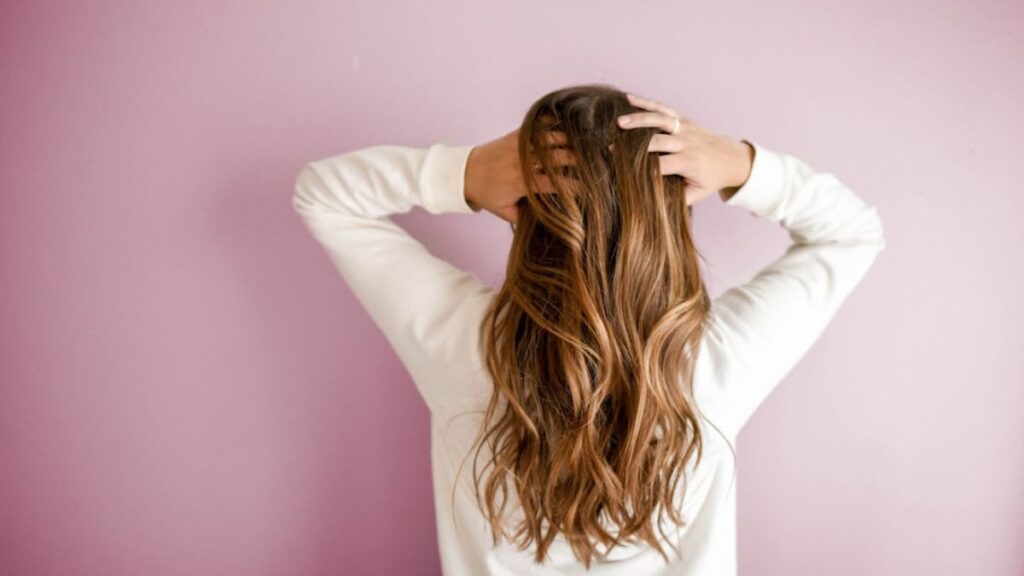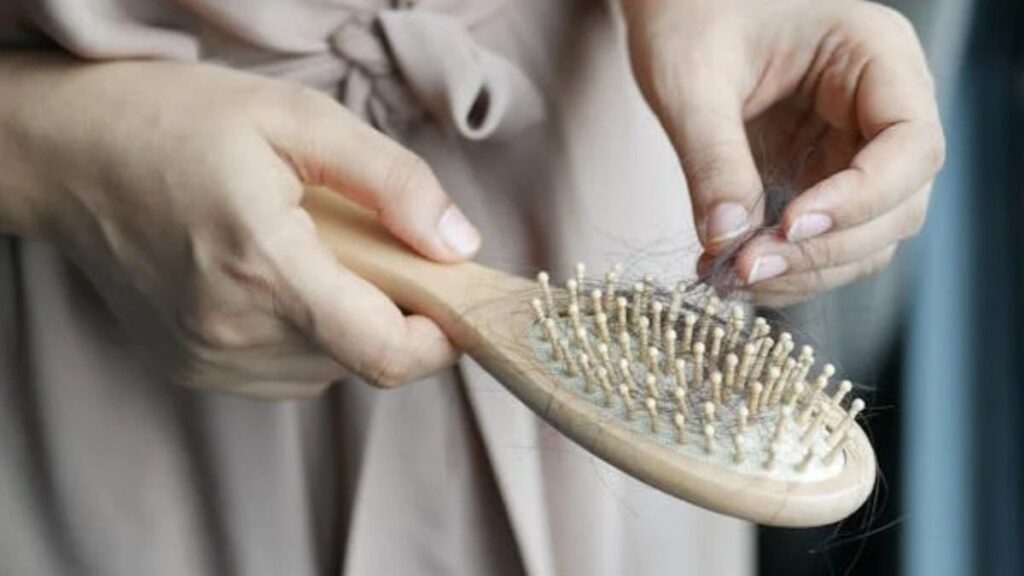To achieve beautiful, healthy hair, many people invest significant time and resources. Some bad habits might be silently sabotaging your efforts, causing damage that could lead to hair loss or poor hair health.
Once you understand these harmful practices, you maintain the beauty and integrity of your locks. Small changes can lead to significant improvements in hair vitality and appearance. Here are the common ways people might be unintentionally hurting their hair health and how to overcome them.
Stress and Lack of Sleep
Mental and emotional well-being also shows in physical health, including your hair. Chronic stress is the primary cause of hair loss conditions such as telogen effluvium, where hair falls out at an increased rate due to stressful situations. If you are experiencing severe hair loss, see hair restoration vs. hair replacement and evaluate which solution is the right one for your situation. Even a lack of sleep can hinder your body’s ability to repair and regenerate. Practicing relaxation techniques can positively influence your hair’s well-being. Create a consistent sleep routine: aim for seven to eight hours of quality sleep each night.
Using Harsh Chemical Treatments
Coloring, perming, or chemically straightening hair are popular practices among people who want to enhance their appearance. On the flip side, these processes involve harsh chemicals that disrupt hair cuticles and weaken strands. Choose good-quality products formulated for your hair type and condition.
Research reputable salons and practitioners: having experienced professionals handle your chemical treatments ensures safer practices. Follow-up treatments with nourishing masks and deep conditioners to repair and protect your hair. Invest some time to understand suitable treatments for better results.
Over-Washing Your Hair
Frequent washing is a typical habit, but it can strip your hair of essential oils, leaving it dry and prone to breakage. Most dermatologists recommend washing hair only a few times a week, depending on your hair type and lifestyle. People with oily hair may require more frequent cleaning, while those with dry or curly hair should stretch out their washing schedule.
Opt for sulfate-free shampoos that can help maintain moisture without compromising cleanliness. If you feel your hair or scalp becomes greasy quickly, incorporate a dry shampoo. It can absorb excess oil between washes and provide added texture. Find a balance between cleanliness and moisture retention.
Excessive Heat Styling
The frequent use of heat styling tools takes a significant toll on your hair’s health. Curling irons, straighteners, and blow dryers can all cause irreversible damage if not used properly. Heat can lead to dryness, breakage, and discoloration, and using these tools without a heat protectant is asking for trouble.
See how heat settings affect different hair types and avoid using the highest temperatures indiscriminately. Take breaks from heat styling or opt for air-drying techniques that can preserve your hair’s natural integrity. Notably, embracing styling methods that require less heat can help you maintain your hair’s beauty and strength.
Poor Diet
Just as your skin reflects your overall health, your hair can also show the effects of poor nutrition. Nutrient deficiencies, particularly in proteins, vitamins, and minerals like iron and omega-3 fatty acids, can result in hair loss and poor growth. Foods like fish, legumes, fresh fruits, and vegetables should be integral components of your meals.
Supplementation might be useful in some cases, but always consult a healthcare provider before starting any regimen. Don’t forget to stay hydrated: drinking enough water keeps hair follicles healthy.
Not Protecting Hair from the Elements
Environmental pollutants, sun exposure, and harsh weather all collectively harm your hair. Without protection, ultraviolet rays can fade hair color and damage the cuticle, resulting in brittle strands. A good quality hat or scarf during prolonged sun exposure can mitigate this damage.
Use hair products containing SPF, specifically formulated for UV protection. On chilly days, use a conditioner that protects against cold-air damage, as low temperatures can cause split ends and dryness. Remember to rinse off chlorine and saltwater after swimming — they contribute to hair degradation. Showing your locks some extrinsic care contributes to their overall health.
Skipping Regular Haircuts
Many people tend to postpone haircuts, primarily due to the belief that it is unnecessary until a significant amount of growth occurs. Regular trims can remove split ends and prevent further damage. Hair is most likely to split and break when it’s left untended, which will result in longer-term issues that might require more aggressive measures to repair.
Scheduling haircuts every six to eight weeks can be beneficial, depending on your hair type and growth rate. If you are trying to grow your hair longer, regular trims will ensure healthier ends and enable length growth. When in doubt, make that appointment to promote healthier locks through preventive care.

To maintain the beauty and health of your hair, be conscious of the habits that can cause damage. The elements outlined above show that even small adjustments in your routine can lead to significant improvements in your hair’s overall vitality. Pay attention to how you care for your hair and make informed choices.







